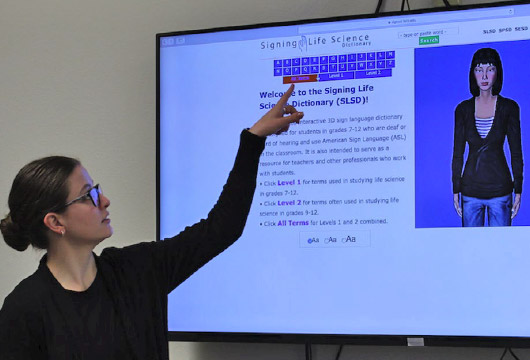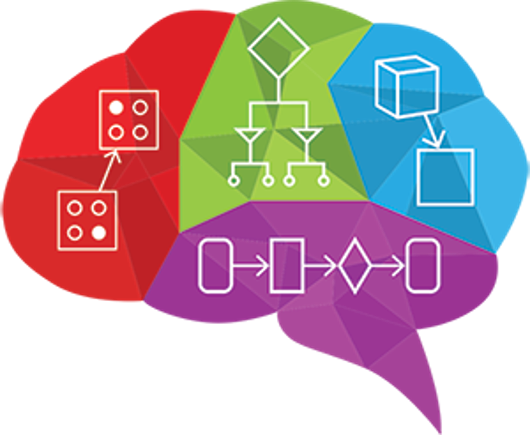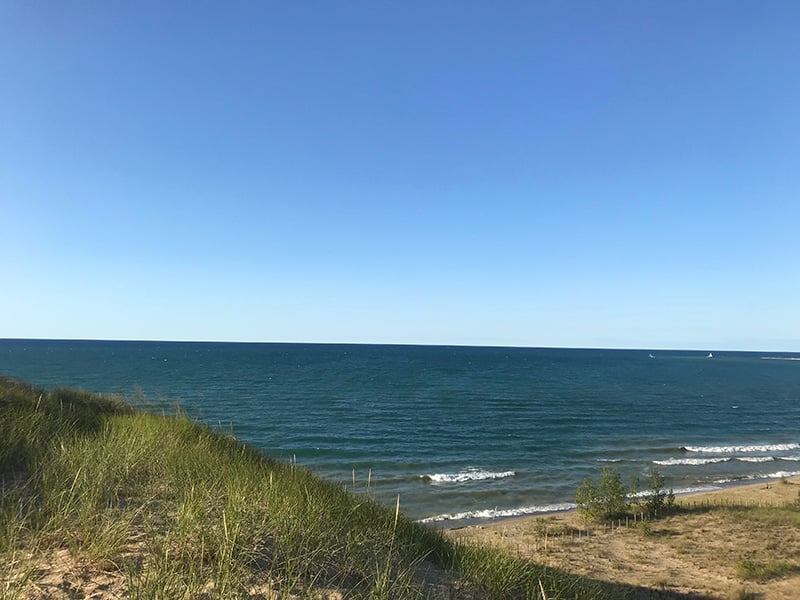TERC Blog
Earth Science - Free Hands-on Lessons for Educators
Teaching Earth Science? If you are, check out TERC’s EarthLabs, a free suite of nine modules!
EarthLabs is a free suite of modules from TERC that elevates Earth science courses with laboratory components! This post gives a preview of the nine units that offer sequences for learning science concepts through data analysis activities, satellite imagery and computer visualizations, and hands-on experiments that illustrate processes of our Earth system. Help your students build quantitative skills that enable them to objectively evaluate scientific findings for themselves with EarthLabs!
EarthLabs includes an Educator and a Student website. The Educator website contains background information on the units, lab overviews, materials lists, and classroom strategies, as well as student notebook guides, suggestions for classroom extensions, assessments, and answer keys. On the Student website you'll find unit labs and challenges, as well as glossaries, resources, and references
EarthLabs visualizations are also available on the EarthLabs App.
Funding for TERC’s EarthLabs has come from NSF, NOAA, and NASA. EarthLabs modules support state and national guidelines for science content and qualify as a laboratory science course.
Earth System Science
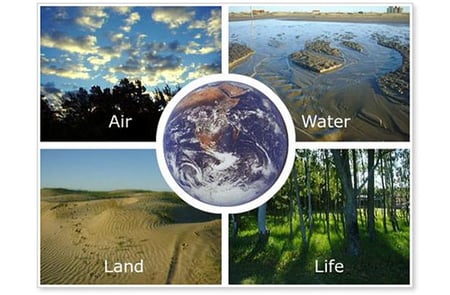
Why it's important: Earth system science is a key to climate literacy. Understanding climate change requires understanding that Earth is a holistic system of dynamic, interacting components. Even further, understanding how the Earth system works is essential for making informed decisions about how to manage, protect, and sustain our planet and its natural resources.
What will be learned: The lessons expose students to some of the most current scientific research, data, and visualizations in a way that allows them to look at Earth in a new way—as an interconnected living system. Students will learn to identify the parts of the Earth system and the processes that connect them. They start by looking for interconnections among components of the Earth system at the local level, using a study site close to their school. Once they have started to develop some familiarity with these local interconnections, they identify interconnections among components at the regional and then at the global scale.
![]()
Hurricanes
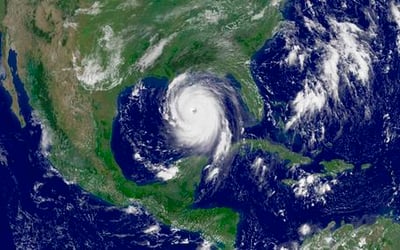
Why it's important: Hurricanes are life-threatening, building-flattening, property-flooding storms. As complex natural phenomena that involve multiple interacting processes, hurricanes provide intense, real-world examples for several physical science concepts. When a hurricane is occurring, the human connection to our planet is real and immediate: land, water, air, and life are all whirled about by these intense storms.
What will be learned: Like scientists, students will study hurricanes using satellite imagery and visualizations and do hands-on experiments. They'll also explore over 150 years of storm data to find out when and where these storms occur. If students are studying hurricanes during hurricane season, they can monitor the position and status of storms in real time. Hurricanes can serve as an exciting entry point into understanding everyday weather or a culminating topic for an Earth system or environmental science unit.
![]()
Detectives
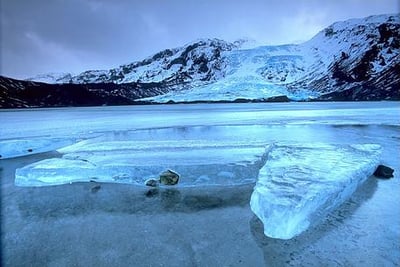
Why it's important: Earth's climate has changed, sometimes dramatically, in the past. Looking into Earth's climate history using proxy data can help scientists determine how much of the 20th century warming may be explained by natural causes and how much may be explained by human influences. Proxy data is data that paleoclimatologists gather from natural recorders of climate variability like tree rings, ice cores, fossil pollen, ocean sediments, coral and historical records.
What will be learned: Students analyze sediment cores and search for clues about Earth's past climate history. Traveling along with a group of scientists who extracted sediment cores from several locations along the south coast of Alaska in the summer of 2013, students conduct hands-on lab activities, watch videos, analyze the actual data from the expedition, consult maps and graphs, explore online interactives, and discuss ideas with their teacher and classmates. These actions help students gather evidence to determine when major climate events occurred in the past, and how these events connect with changes in climate today, and in the future.
![]()
Biosphere
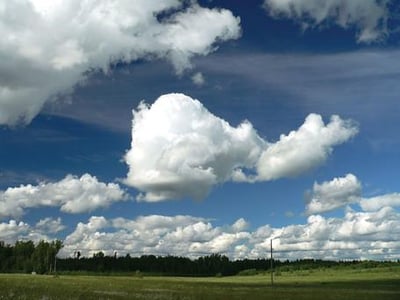
Why it's important: Climate shapes the natural environment in which we live. Climate results from a highly complex set of interactions between the Sun and multiple components of the Earth system, interactions that we can't always see and that many poorly understand. It is essential that everyone have a deeper understanding of weather, climate, the difference between the two, and the ways in which Earth's natural systems interact to form our weather and our climate.
What will be learned: Students will understand the ways in which energy from the Sun interacts with Earth's systems at global, regional, and local scales to give Earth its varied climates. You will find student readings, hands-on investigations, videos, animations, data analysis, and models for students to explore. Students also learn about the multiple time scales at which climate operates, from predicable seasonal and annual cycles to cycles that last for tens of thousands of years and cause dramatic changes to life on Earth via glaciations, changes in sea level, and other long-term effects.
![]()
Drought
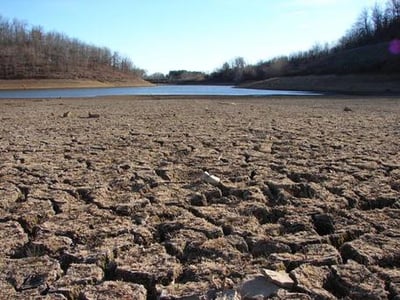
Why it's important: Compared with fast and fascinating weather disasters such as hurricanes and tornadoes, drought doesn't get much attention. It's a quieter disaster—one that creeps in so inconspicuously that it's not always clear that it has arrived. Despite the fact that it is less obvious than other disasters, its pervasiveness and persistence make it every bit as deadly as intense storms.
What will be learned: Students learn that when precipitation drops below normal, drought conditions can develop and economic, environmental, and social impacts can follow. The unit teaches students to interpret climate data to recognize the symptoms and evaluate the severity of drought. It helps them realize that drought can still devastate areas that have stable infrastructure and access to expensive technologies. The unit raises awareness of the need to be prepared to face drought conditions that may become more common as our planet warms.
![]()
Carbon

Why it's important: Carbon, like water, is essential to life as we know it on Earth. It is a component of our DNA and of the foods we eat, and its presence in the atmosphere helps keep our planet warm enough to be habitable. As significant a role as the carbon cycle plays in our lives, it is poorly understood; whether it's the way in which carbon dioxide supports the growth of plants or functions as Earth's thermostat, misconceptions abound.
What will be learned: Students will learn how the carbon cycle, climate, and the abiotic and biotic components of the environment influence each other. They will learn where carbon is stored in the Earth system and by what processes it moves from one reservoir to another. Using case studies, NASA visualizations, current research, and interactives, students will explore how living things on land, in soils, and in our oceans regulate the carbon cycle. Students will analyze the effect of carbon dioxide on Earth's thermostat and our climate. Finally, they will seek possible solutions to a warming climate.
![]()
Corals
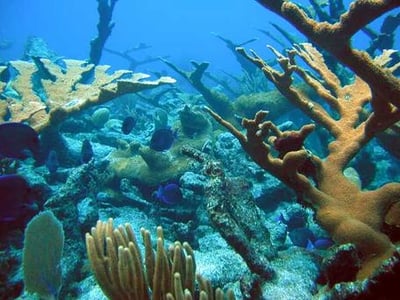
Why it's important: Coral reefs are often compared to rainforests for the vast biodiversity they support and to old growth forests for the longevity of their ecological communities. Despite covering only one five-hundredth of the ocean floor, coral reefs serve as nursery, farm, and home to one third of all marine fish species. Coral reefs also support economies by attracting tourists, protect coastal communities from the potentially damaging effects of storms, and may hold the secrets to curing fatal diseases. As rich and beautiful as coral reefs are, learning about coral has long been on the outside of schools' standard curricula. Now, with our marine fisheries under severe threat and 40% of the planet's coral reefs in critical condition or already degraded beyond recovery, the very wellbeing of our planet depends on students gaining a working knowledge of coral ecosystems and acting in ways to preserve them.
What will be learned: Students are introduced to some of the most current scientific research, data, and visualizations in a way that allows them to become active participants in both learning about and conserving coral reefs.
![]()
Fisheries
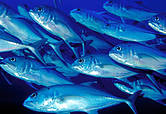
Why it's important: Fish are a vital part of the economy, food supply, and health of many nations around the world. Poorly managed fishing, inadequate protection of marine environments, pollution, fish farming by-products, and climate change are all placing stress on the marine food chain, from plankton to humans. The symbiotic nature of marine ecosystems requires a holistic management approach that considers all components simultaneously. Management of individual fish species, treated as if they were isolated from the rest of the ecosystem, simply does not work.
What will be learned: Students learn the basic science of fisheries management, the factors that influence sustainability of fisheries, ecosystem-based fisheries management, and the effect of global climate change on fish stocks. Educating students about sustainable fishing practices is a valuable step in the development of informed, environmentally responsible citizens capable of restoring one of Earth's most precious commodities—fish.
![]()
Cryosphere

Why it's important: Many different kinds of snow and ice, including sea ice, lake and river ice, snow cover, glaciers, ice caps and sheets, and frozen ground, make up the cryosphere—the places on Earth where water exists in solid form. Acting like a highly reflective blanket, the cryosphere protects Earth from getting too warm. The presence or absence of snow and ice affects heating and cooling over Earth's surface, influencing the entire planet's energy balance. Changes in snow and ice cover affect air temperatures, sea levels, ocean currents, and storm patterns all over the world.
What will be learned: Students will read articles, conduct hands-on lab activities, watch videos, analyze data, maps and graphs, explore online interactives, and discuss ideas with you, the teacher, and classmates—all of which will help them to understand how snow and ice interact with water, air, land, and life to regulate and reflect Earth's climate conditions.

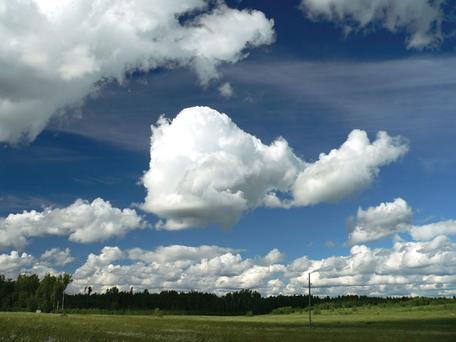





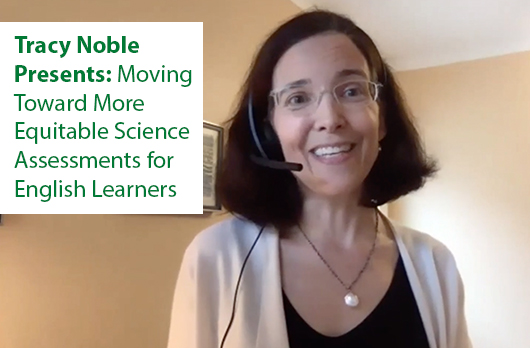
.gif)
